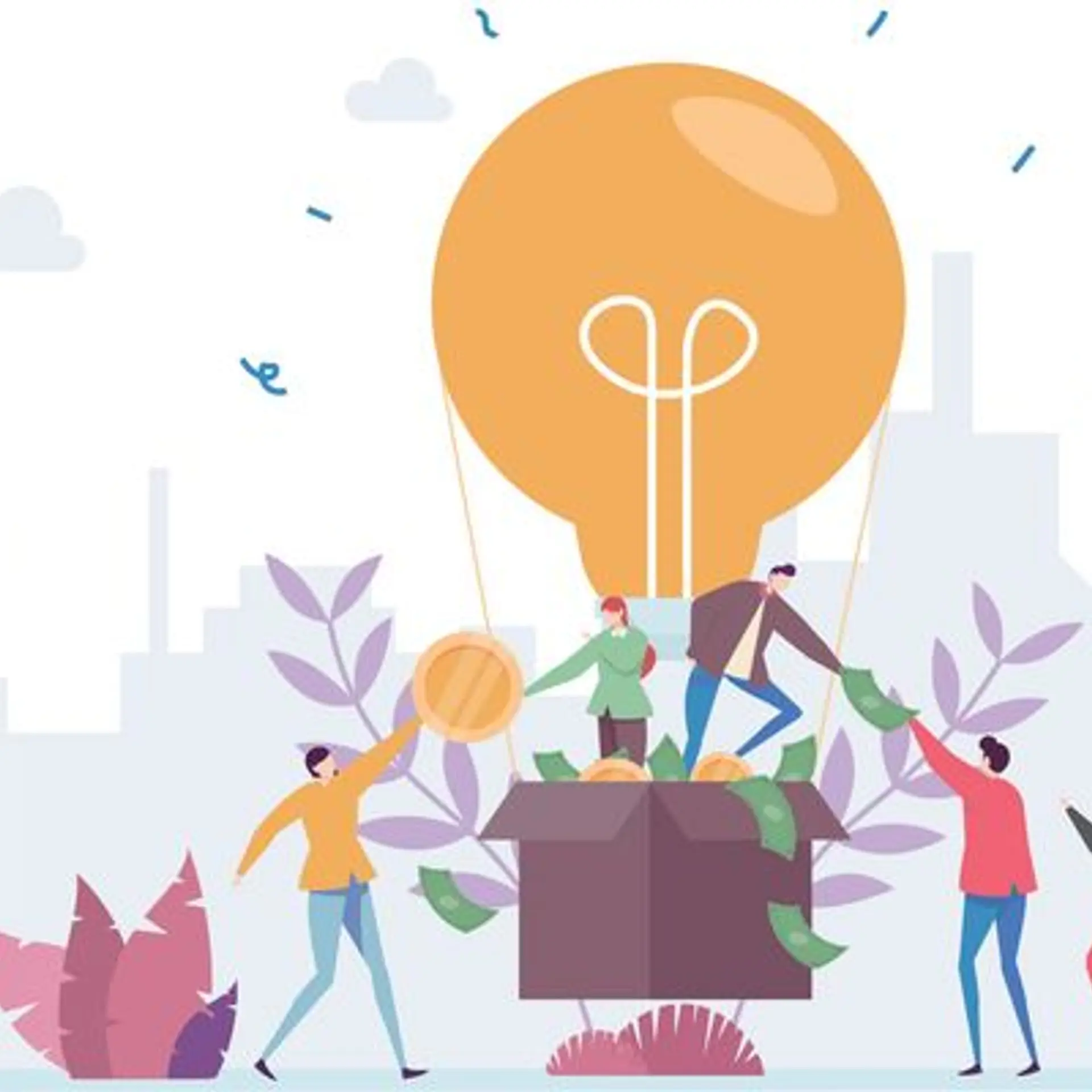Invest in a sustainable Earth with these energy-saving tips
Climate change is the biggest challenge of our time, and the world needs to come together and invest in a more sustainable green future. The time to act is now.
Earth's temperature has risen by 0.08°C per decade since 1880. Over the past 40 years, the rate of warming has grown twice more at 0.18°C per decade since 1981.
In 2021, the average worldwide temperature was almost 1.11°C above the pre-industrial levels.
Induced by human activities, especially with the release of greenhouse gases like carbon dioxide, global warming is causing glaciers to shrink, accelerated rise in the sea level, longer and more intense heat waves, frequent wildfires, longer drought in some regions, and an increase in typhoons, hurricanes, etc.
The biodiversity loss we would suffer through an increase of 1.5°C temperature would be catastrophic. However, if the temperature rises 2°C, the consequences would be unimaginable and destructive. The plant, insect, and animal species would vanish, including coral reefs.

The Greenland and Antarctic ice sheets have shown a noticeable decrease in mass. NASA's Gravity Recovery and Climate Experiment showed that Greenland lost 279 billion tons of ice each year between 1993 and 2019, while Antarctica lost around 148 billion tons of ice yearly. The worldwide ocean level also rose around 8 inches (20 centimetres) recently.
If we do not act now, the situation will worsen. Serious modification and reshaping are required not only in private businesses and government policies but also in society. So, what should we do to invest in our planet?
Passive solar technique
The passive solar technique uses solar energy to warm the interiors of a house. In passive solar homes, the windows and doors face south to capture as much sunlight as possible.
It also reduces the use of electrical energy during the day. For instance, thick and insulated walls keep the house cool in summers and prevent heat escape in winters.
Green roofs
A green roof is a layer of vegetation planted over a waterproofing system installed either partially or completely on top of a sloped building roof.
While a green rooftop generally includes higher forthright expenses than a conventional rooftop, numerous financial advantages can compensate for this. The expanded R-value of the material framework, alongside decreased temperatures on the rooftop, diminish HVAC loads, bringing about energy cost savings.
Use of renewable energy
One needs to shift from thermal power to cleaner green renewable energy. Solar energy is one viable option for homes and businesses, and several solar products are available in the market.
Reduce, reuse, and recycle
By reducing the amount consumed, re-using wherever possible, and recycling whatever possible, one can cut down on the emissions.
Air drying
Air drying your clothes can be a great way to save money and electricity if you are not residing in a humid climate region. Moreover, it is very gentle on your clothes and the environment. By and large, one can save around 6 percent of a home's energy utilisation annually.
Reduce tech gadget usage
Eliminate the quantity of hardware you "must" have. If you charge your cell phone in the evening, do so after supper and turn off it before you go to sleep. Most smartphones need little time to fully recharge. The same goes for LED TVs and other gadgets.
Usage of coldwater
Nearly 75 percent of energy is spent on heating water to do laundry. By washing with cold water, you save on energy and increase the life span of the clothes as cold water is gentler on garments and more averse to making the colours blur.
Using LED lighting
Setting aside energy and cash can be essentially as simple as exchanging a light. LED bulbs are more energy-productive than CFL bulbs and last longer.
These are a few simple steps one can follow in their daily life to invest in our planet. Act now!
Edited by Suman Singh
(Disclaimer: The views and opinions expressed in this article are those of the author and do not necessarily reflect the views of YourStory.)



![[Sustainability Agenda] Investing in environment-friendly approaches in business? Here's why you've hit a goldmine](https://images.yourstory.com/cs/5/f5a7f3304b1211e9b6645b8ae897d03e/Screenshot2022-06-08at9-1654661360534.png?fm=png&auto=format&h=100&w=100&crop=entropy&fit=crop)



![[Techie Tuesdays] Santosh Rajan — the 56-year-old geek behind GeekSkool](https://images.yourstory.com/cs/wordpress/2017/01/Santosh-rajan-techie-tuesdays.jpg?mode=crop&crop=faces&ar=1%3A1&format=auto&w=1920&q=75)
